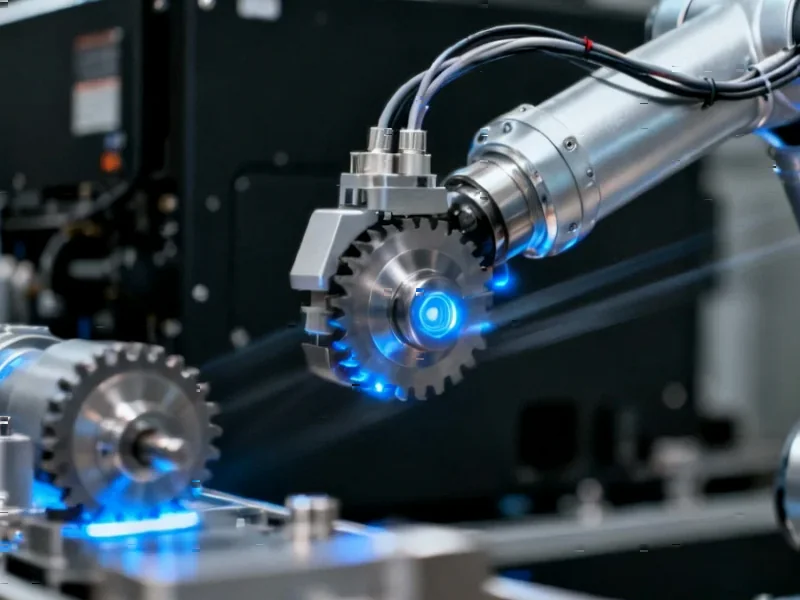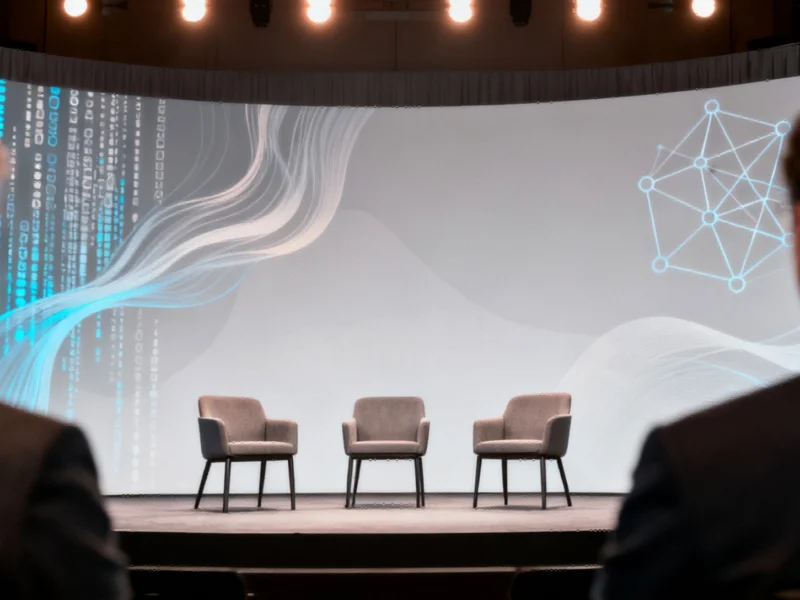The Unprecedented Compensation Demand
In what may be the most ambitious executive compensation proposal in corporate history, Elon Musk is seeking a $1 trillion pay package that he claims is essential for maintaining influence over Tesla’s future robotic technologies. The staggering figure, proposed by Tesla’s board in September 2025, represents a dramatic escalation from previous compensation discussions and has ignited intense debate among investors, regulators, and industry observers.
Table of Contents
During Tesla’s Q3 2025 earnings call, Musk framed the extraordinary request not as personal enrichment but as strategic insurance. “My fundamental concern with regard to how much money and control I have at Tesla is if I go ahead and build this enormous robot army, can I just be ousted at some point in the future?” Musk stated. “That is really the only thing I’m trying to address with this.”, according to market insights
From Household Helper to “Robot Army”
The terminology shift from Tesla’s publicly promoted vision of Optimus as a domestic assistant to Musk’s characterization of a “robot army” raises significant questions about the company‘s long-term direction. While Tesla has consistently marketed its humanoid robot as a helpful companion for household tasks and industrial applications, Musk’s recent comments suggest a more ambitious—and potentially concerning—deployment strategy.
This linguistic pivot coincides with Tesla’s accelerated development of the Optimus platform, which has reportedly achieved several technical breakthroughs in mobility, object manipulation, and autonomous decision-making. The disconnect between the public-facing narrative and Musk’s private ambitions highlights the tension between commercial robotics and more controversial applications.
The Corporate Governance Battle
The proposed compensation package has triggered a significant backlash from multiple stakeholders. A coalition of labor unions, corporate governance watchdogs, and institutional investors has launched the “Take Back Tesla” campaign, arguing that the arrangement would concentrate unprecedented power in Musk’s hands while potentially undermining shareholder interests., according to industry developments
Corporate governance experts have expressed concern about the precedent such a package would set. “This isn’t just about compensation—it’s about fundamentally redefining the relationship between a CEO and their corporation,” noted Dr. Evelyn Reed, professor of corporate law at Stanford University. “The notion that personal control over future technologies requires trillion-dollar stock allocations challenges conventional governance models.”
Strategic Implications for Robotics Development
Musk’s justification touches on deeper questions about control and responsibility in advanced robotics development. His comments suggest that:
- Tesla’s robotics ambitions extend far beyond current public disclosures
- Musk anticipates potential governance challenges that could separate him from decision-making authority
- The scale of Tesla’s robotic deployment may require unprecedented oversight mechanisms
The robotics industry is watching closely, as Tesla’s approach could establish new norms for executive control over transformative technologies. Competitors in both industrial and consumer robotics are reevaluating their own governance structures in response to Musk’s provocative stance.
The Path Forward
As Tesla approaches a shareholder vote on the compensation package, the debate extends beyond executive pay to fundamental questions about technological stewardship. Musk’s framing of the issue suggests he views personal influence over Tesla’s robotic future as non-negotiable, setting the stage for one of the most significant corporate showdowns of the decade.
The outcome will likely influence not only Tesla’s trajectory but also how other companies approach leadership and control in an era of rapidly advancing automation. With robotics poised to transform multiple industries, the question of who wields influence over these technologies—and at what cost—has never been more pressing.
Related Articles You May Find Interesting
- Samsung Ramps Up 236-Layer V-NAND Manufacturing as AI Storage Demand Reshapes Ma
- Galactic Origins Shape Rocky Worlds’ Core Compositions and Habitability Potentia
- Enterprise AI Initiatives Stalled by Data Quality Crisis, Experts Warn
- AI-Powered Search Engines Threaten Google’s $200 Billion Ad Revenue Model
- Cyprus Emerges as Premier Earth Observation Hub Through €38 Million EU-Backed In
References
- https://www.ziffdavis.com/terms-of-use
- https://www.ziffdavis.com/ztg-privacy-policy
- https://www.news.com.au/…/59ab485c1f5fd25eab38198781bc6a21
This article aggregates information from publicly available sources. All trademarks and copyrights belong to their respective owners.
Note: Featured image is for illustrative purposes only and does not represent any specific product, service, or entity mentioned in this article.



